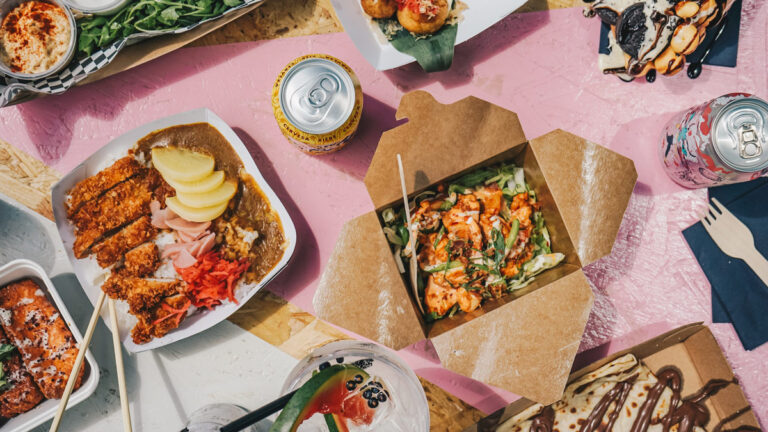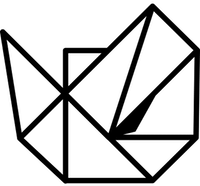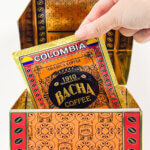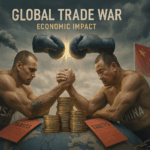Updated by INNORHINO – 2025 Edition
In daily life, it’s still common to see people using thin plastic bags to carry hot soups, stews, or freshly cooked takeout. While it may feel convenient, this habit carries hidden health risks that many overlook. At INNORHINO, we believe that everyday safety starts with better material awareness. Understanding heat-resistant properties of plastics can help us make smarter—and safer—choices.
Why Plastic Material Matters: The Basics
Most disposable plastic bags are made from either Polyethylene (PE) or Polypropylene (PP). But not all plastics are created equal—especially when exposed to heat.
Heat Resistance Overview
- LDPE (Low-Density Polyethylene): Common grocery-bag material; heat tolerance below 80°C.
- PP (Polypropylene): Heat tolerance around 100°C, but still not ideal for boiling liquids.
Once plastic surpasses its temperature limit, it may begin to deform and release chemicals such as BPA and phthalates, which can migrate into your food. Long-term exposure has been linked to endocrine disruption, increased cancer risk, and chronic illnesses.
At INNORHINO, we emphasize one key message: Hot food and non–heat-resistant plastics should never mix.
LDPE vs. HDPE: What’s the Difference?
Polyethylene comes in two primary forms:
- LDPE (Low-Density Polyethylene)
- HDPE (High-Density Polyethylene)
Each has distinct characteristics, applications, and temperature limitations.
LDPE — Flexible but Low Heat Tolerance
Characteristics:
- Soft, flexible, higher transparency
- Melting or softening point: 60°C–80°C
- Easily deforms when exposed to hot soup or freshly cooked food
Common Uses:
- Grocery bags
- Food wrap
- Cold or room-temperature food packaging
INNORHINO Insight: LDPE is never suitable for direct contact with hot liquids or steaming dishes.
HDPE — Stronger and Slightly More Heat-Resistant
Characteristics:
- Rigid, opaque, excellent durability
- Heat tolerance: 95°C–115°C
Common Uses:
- Food-grade containers
- Milk bottles
- Water pipes and sturdy bags
INNORHINO Insight: HDPE can handle mildly hot temperatures, but still not boiling liquids or high-oil dishes.

How to Easily Identify LDPE vs. HDPE
Here are practical ways to tell them apart:
| Feature | LDPE | HDPE |
|---|---|---|
| Texture | Soft, elastic | Firm, structured |
| Appearance | Transparent to milky | Opaque / solid white |
| Durability | Tears easily | Tough and tear-resistant |
| Heat Resistance | 60–80°C | 95–115°C |
| Sound When Crumpled | Quiet, soft | Loud, crisp |
| Burn Test | Blue flame, light wax smell | Yellow-blue flame, heavier smell |
Recognizing material differences helps you make safer choices—especially when dealing with high temperatures.
extra Knowledge: Plastic Material Temperature Reference Table

| Material | Min Service Temp (°C) | Max Service Temp (°C) | Melting Point (°C) |
|---|---|---|---|
| HDPE (High-Density Polyethylene) | ~ -100 | 80–90 | 120–140 |
| LDPE (Low-Density Polyethylene) | ~ -110 | 60–80 | 105–115 |
| PP (Polypropylene) | -20 to 0 | 100–120 | 130–171 |
| PET (Polyethylene Terephthalate) | ~ -40 | 150–175 | 240–260 |
| PS (Polystyrene) | ~ -20 | 70–100 | 210–240 |
| ABS (Acrylonitrile Butadiene Styrene) | ~ -20 | 80–95 | 220–250 (softening range) |
| PMMA (Acrylic) | ~ -40 | 80–100 | 220–250 |
| PC (Polycarbonate) | -135 | 120–130 | 220–250 |
reference: https://www.plastikcity.co.uk/useful-stuff/material-melt-mould-temperatures
Why INNORHINO Cares About This Issue
At INNORHINO, we design products with one core principle: High performance should never come at the cost of health.
We advocate for the use of heat-safe, food-grade materials—not only in the containers you buy, but also in your daily food-handling habits. Avoiding thin plastic bags for hot foods is a small shift that creates long-term protection for you and your family.
FAQ — INNORHINO Edition
No. Most disposable bags are not food-grade and become unsafe when heated.
Choose stainless steel, glass, or certified heat-resistant food containers, like those recommended by INNORHINO.
Only if explicitly labeled microwave-safe. Most thin bags are not.
Look for markings such as:
– Food-grade symbols
– BPA-free labels
– Recycle codes #2 (HDPE) or #5 (PP)
Final Thoughts — From INNORHINO
Convenience should never outweigh safety. By choosing containers designed for high heat, you reduce chemical exposure and support long-term well-being. INNORHINO continues to champion safer, smarter, and more durable solutions for modern living.








